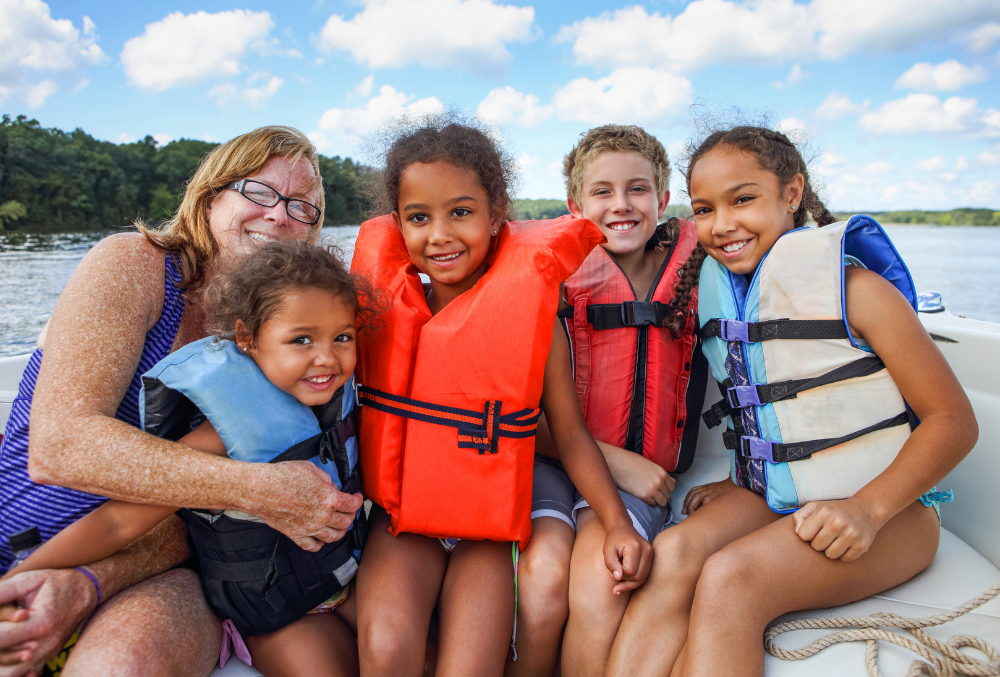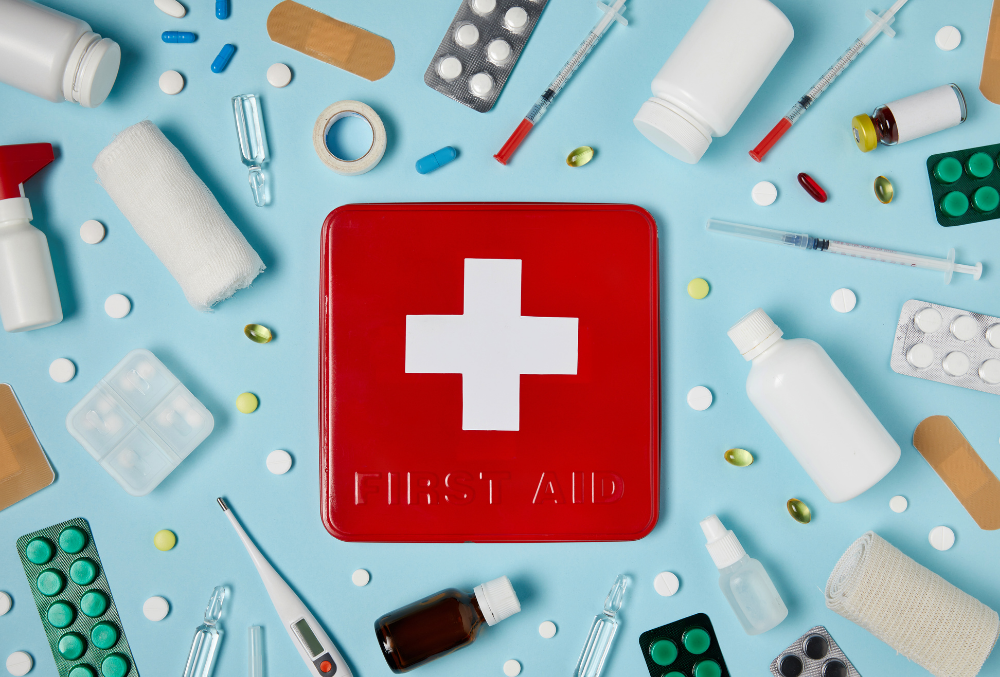
18 May Splish Splash Water Safety: CPR & First Aid is Smart Training for Everyone
Is there anything more fun for children than a day spent at a sun-drenched beach, building sandcastles, running in and out of the water to cool off, and then getting revved up again for more play? Perhaps you think that because they’ve had swimming lessons since they were babies, your children are safe near water, and you wouldn’t panic if something bad happened. Yes, watching them at the shore it’s easy to forget just how quickly a fantastic day can become dangerous, or even fatal

And it’s not just at the beach where potential dangers arise. If you have a swimming pool, or a neighbor has one, your children may have countless opportunities to swim, play, dive, and dunk each other over the course of a warm summer. But just because the pool is in the backyard and you can see them, perhaps, out the kitchen window, that doesn’t mean they aren’t constantly at risk. You know that, and likely you think about it a lot.
So what should you do?
It’s not enough to ensure an adult is watching the children when they are swimming.
To be absolutely certain that they are safe – along with their friends – you need proper training in CPR and First Aid. Luckily, certification in these programs isn’t difficult to obtain. You just have to put them on your schedule as an “absolute must” and not let busyness interfere with your decision to get them booked, paid for and everyone signed up who is eligible. That might mean you and your nanny, or it might mean four or five members of the household, depending on the children’s ages. For ultimate convenience, you can even have a private CPR/First Aid instructor come to your home.
No doubt there is a chapter of the American Red Cross in your city, perhaps more than one. Either give them a call or do a little online research to find out the most convenient and accessible location for you to book your classes. We know that public health measures around COVID-19 are still making things tricky in some places, but go on their website (www.redcross.org) and you can learn whether classes are being offered in-person again. However, an alternative would be taking an online CPR and First Aid, which can still be informative and reassuring. Once you’ve got these certifications under your belt, when the children are frolicking and carrying on in the pool, you’ll know that if something unexpected happens, you will be prepared and able to potentially save a life.
In the meantime, we’ve got a list of water safety measures to share with you, easy steps to take to make sure that everyone’s day at the beach, or at the cottage, or by the pool, is nothing but fun, filled with laughter and memorable moments.
1. Check that your first aid kit is full.
Most parents have a kit filled with bandages, clean latex-free gloves for you, disinfectant and various other items close at hand, perhaps in the glove compartment or trunk. But when was the last time you checked it? Make sure it’s got everything you need, and if it’s missing a few things, stock up!
2. Make sure their water wings are full, and take a pump on the road
We don’t want to alarm you, but did you know that drowning is one of the leading causes of death of children under four, according to the National Safety Council? It is! Children can drown in as little as two inches of water. That’s why it is so vital that their swimming aids, like water wings, are free of leaks, filled solidly and fit them properly.
3. Be sure their life jackets are fastened even when they are by the water.
Most safety organizations in America urge parents to be sure their little ones are securely fastened into their life jackets if they are even in the vicinity of water. Children can scurry to the water in the blink of an eye, and before you know it, they are in! That’s why it’s crucial to get them ready, even if they say they just want to play on the beach. Make sure the life jackets and vests you’ve purchased are certified by the U.S. Coast Guard and meet all standards for safety and efficiency.
4. Start them early with swimming lessons.
While it’s true that no parent or nanny can predict every single event that may occur during a day at the beach or by the pool, you can prepare your children for the unexpected by getting them swimming lessons when they are young. As part of the American Pediatric Academy’s (APA) new guidelines for drowning prevention, they have lowered the recommended age to start swimming lessons to one years old.
5. Decide who is going to supervise them, and stick to it!
That means the individual doesn’t leave the area for any reason, not even a bathroom break! Take turns, and be sure whoever is “on duty” has a whistle close at hand.

We certainly aren’t trying to scare you into becoming hyper-vigilant with your children when they (and you!) are trying to enjoy a day swimming, playing, and having fun in the water. The reality is that water of almost any depth has the potential to harm a child – or worse – and it’s your responsibility to protect them. These tips will help you do that confidently, and so will the courses we mentioned. After all, the more armed with information you are, the better, right? And arming yourself with lifesaving skills, a first aid kit and the right equipment is the way you will protect your children near the water – this summer, and always!